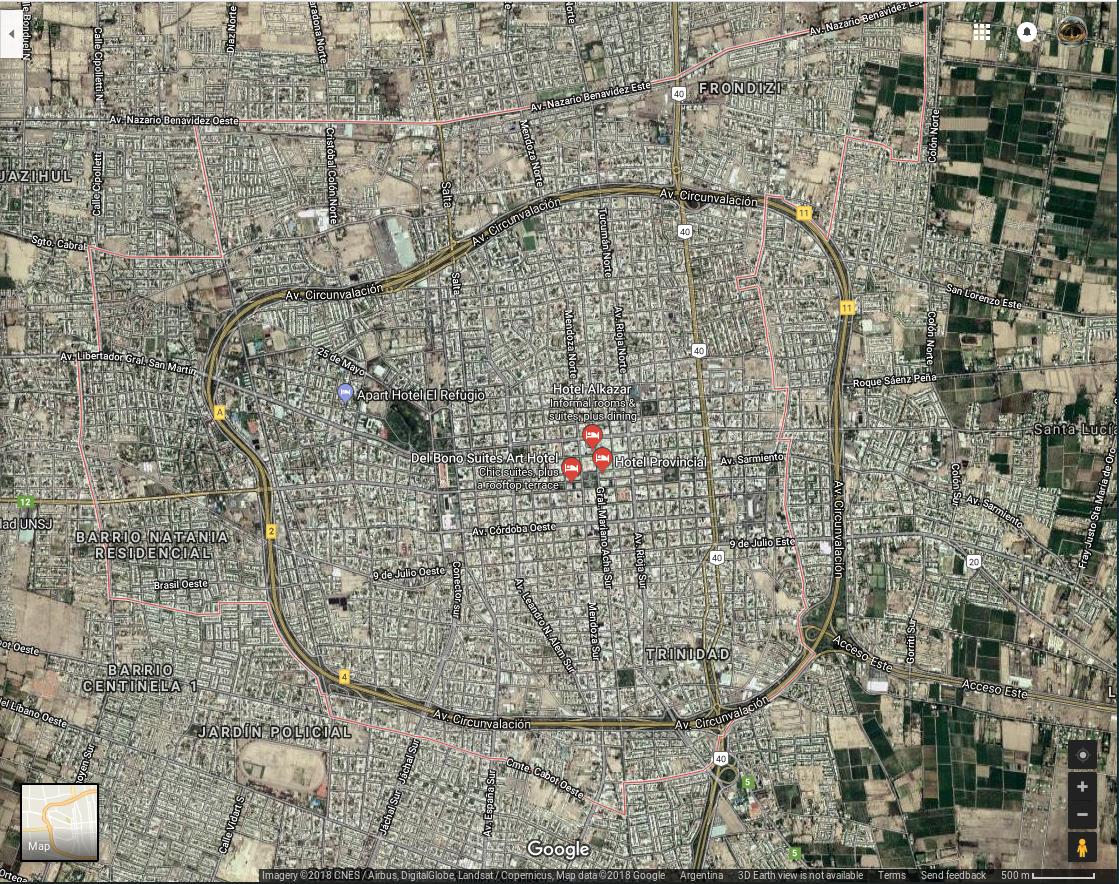Contact: freswed2019@iafe.uba.ar
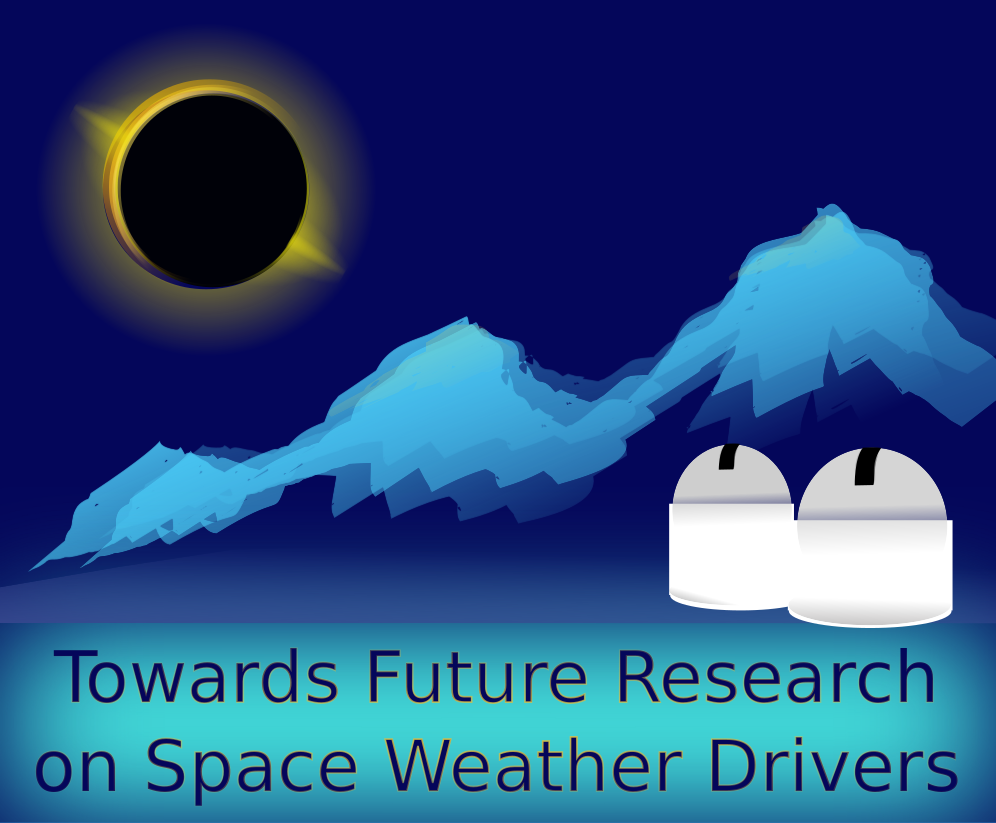
Venue & Location
The Meeting and School will take place in Ciudad de San Juan, San Juan Province, Argentina. The city of San Juan is at the edge of the totality path of the solar eclipse on 2 July 2019. An excursion is planned to a nearby totality location for those participants that express their wish to experience this observation.
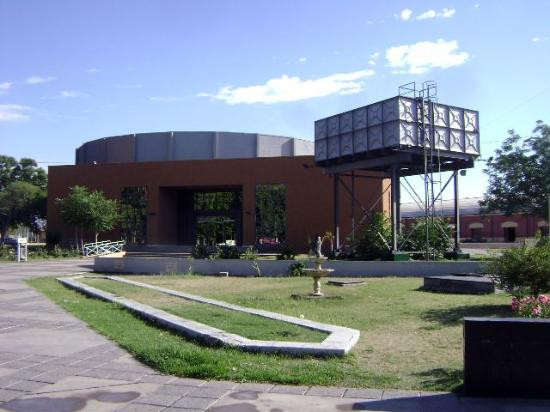
The venue will be the Convention Center "Guillermo Barrena Guzmán" (link) with an auditorium of 600 seats in two levels, modern audio, projection and Wi-Fi facilities, comfortable areas for minor group discussions and display of posters. The auditorium is located in the proximity of downtown in front of the main urban park, the 25 May Park, which provides a green area and a relaxing environment. The Convention Center is also located two blocks from the Libertador San Martín Avenue, one of the main streets of the city with several restaurants and shops in convenient proximity. Click on the map below for the google map location of the Convention Center.

Ciudad de San Juan
San Juan City is located in the central-west region of Argentina at a distance of 1150 km to the north-west of the Argentine capital city of Buenos Aires, and 170 km to the north of Mendoza. The city lies at the foot of the Andes Mountains at an altitude of 650 meters, and the urban area has a population of over 500.000 inhabitants. The proximity of the mountains to the city offers a beautiful view, particularly in Winter, when it is possible to enjoy a snowy landscape. It is important to take into account that July is the coldest month of the year, with an average temperature ranging from 1℃ (34℉) to 17℃ (62℉). Click on the map below for the google map of San Juan City.
The heart of the city offers many places to be visited.
Not to be missed is the historical birthplace of Domingo Faustino Sarmiento, an Argentine activist, intellectual, writer, statesman and the seventh President of the country. He was particularly concerned with educational issues for children and women.

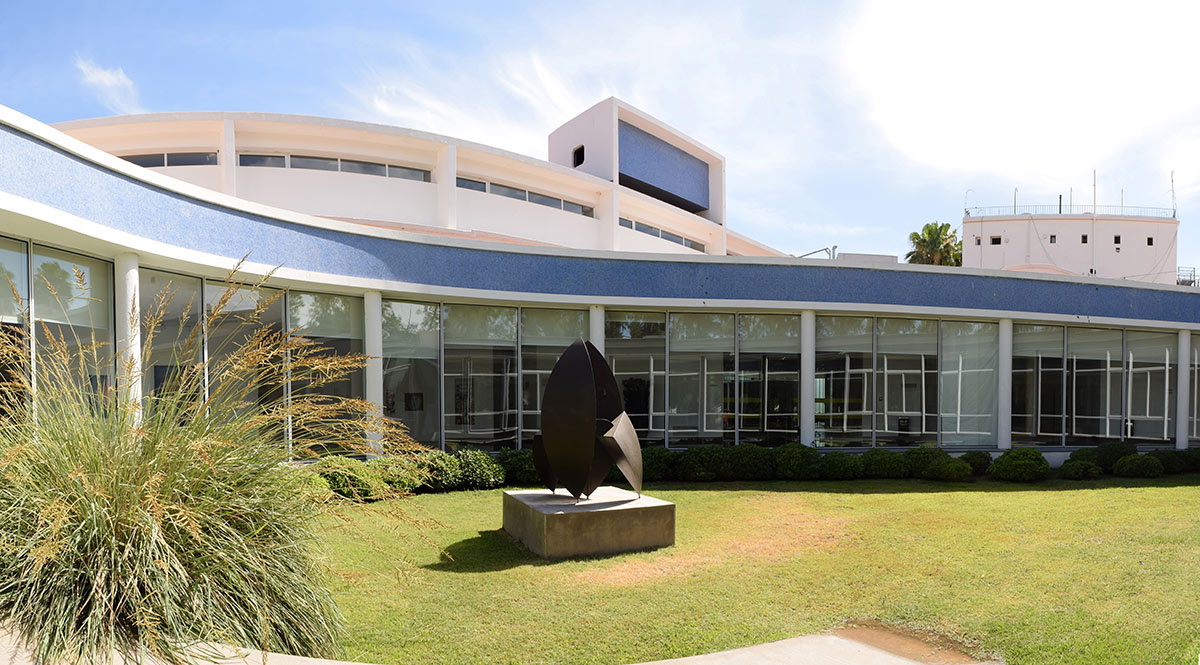
Different museums are also a good choice to spend some time in the city. The Franklin Rawson Museum of Arts exhibits paintings and sculptures from national artists, while the Natural Sciences Museum is the proper place to enjoy collections of dinosaur fossils.
Franklin Rawson Museum of Arts, where WDEA III will be held.
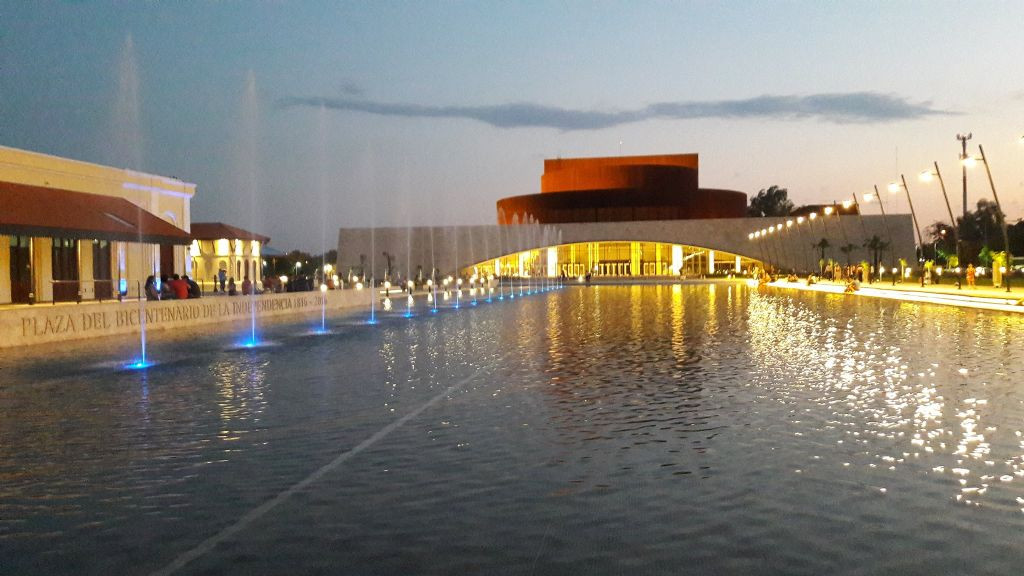
Excellent options for a cultural visit are the theater of the Bicentenario and the Juan Victoria Auditorium, mainly used for symphonic music.
Theater of the Bicentenario.
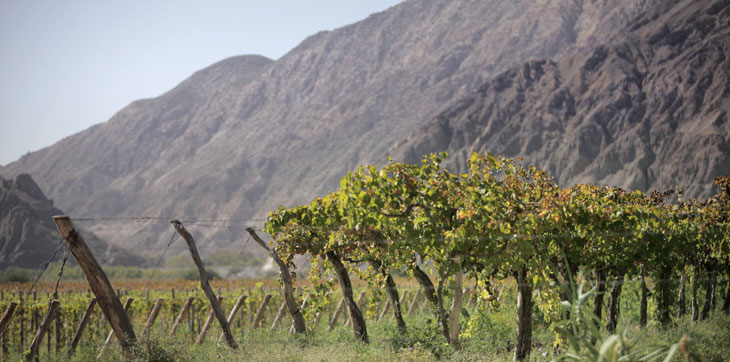
Other attractive options in the surroundings are the various wineries that offer informative tours and wine tasting for a pleasant experience. You can also follow the "Wine Route" (http://www.rutadelvinosanjuan.com.ar/). The city of San Juan offers a wide array of gastronomical options that include local and international food. Bars and Pubs also offer the chance to enjoy a nice time during the evenings.
Oficial tourist information can be found here: https://www.sanjuanturismo.com.ar/index.php (unfortunately only in Spanish)
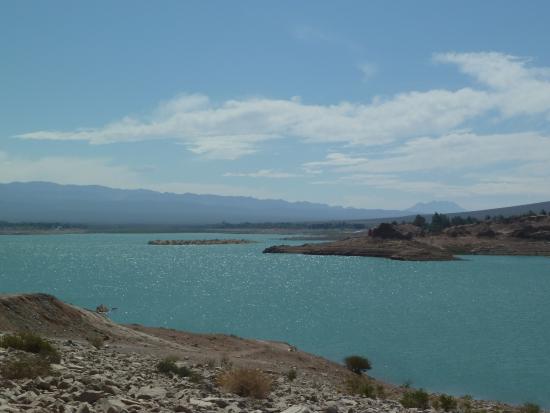
By renting a car or hiring excursions it is possible to visit attractive places far from the city. The Ullum and Punta Negra dams are respectively around 20 and 30 km from the capital city, offering an attractive road in a mountainous landscape with fantastic views.
Ullum dam.

Further away to the west, it is possible to visit the department of Calingasta and the village of Barreal, located about 200 km from the city at an altitude of 2000 meters. There you can visit the famous Pampa del Leoncito, and the National park "El Leoncito" where the Astronomical Observatories "Complejo Astronómico el Leoncito" (CASLEO) and Estación de Altura Carlos U. Cesco are located at an altitude of 2500 meters.
Pampa de El Leoncito: CASLEO cupolas at the front on Cerro Burek and the Barreal Blanco at the back.
"Carrovelismo" (carsailing) can be practised in the Barreal.

Around 300 km to the north of the city, in the limit with the Talampaya National Park (La Rioja province), is the Ischigualasto Provincial Park, also known as "Moon valley" (Valle de la Luna) because of its appearance. Ischigualasto presents very attractive geological formations, and has been the source of the discovery of a wide variety of fossils.
Ischigualasto Provincial Park, also known as Valle de la Luna (Moon Valley).
For more information you can visit the following webpages:
http://www.moneytur.com.ar/,
https://www.yafardestinos.com/,
http://pinkantaviajes.tur.ar/.

